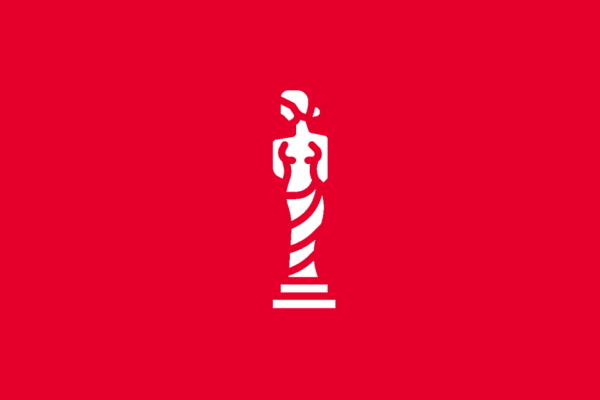1. Introduction to study: specification of the branch and subject of art history studying. Characteristics of the theory, methodology, philosophy of art history and aesthetics. Fundamental points of the subject in time as well as in the interpretation of the art work – from prehistory to the 20th century.
2. The fundamental special terminology for architecture, painting, graphic arts, sculpture and alternative ways of art.
3. The function of a prehistoric art object - examples of archaeological discoveries and their probable relation between them and later visual culture (e.g. archaism or symbol in the modern art).
4. Pre-Hellenic time and art space in the Mediterranean and ancient Egypt; architecture and figurative art and possibilities of their application in the next development (expression of the space, colour, monumentality, human figure, description, symbol etc.).
5. Ancient Greece from the “dark time” to the Hellenistic culture. The construction and the architectural typology; periods in the development of sculpture; the vase painting.
6. The Etruscans and their contribution to the Roman art (Emphasis on the treatment of a metal). Typical examples of the Roman architectural and art cultural and their contribution to the future (representation through the architecture and sculpture, building structure and material, monumental painting etc.).
7. Architecture, depicting art, potentially handicraft between the pagan and Christian culture. Changes in iconography, conversions or transformations or elimination of antic forms in the early Middle-Ages. The Byzantine and Carolingian art culture including some manuscript examples.
8. Otons´ and Roman Europe. Pilgrim routes and cultural net in western Europe. Architecture and sculpture; great French portals. The Middle-Ages metal foundering.
9. Gothic Europe – specific local architectural types. The Gothic cathedral; the development of stonemasonry, and woodcutting; Monumental and board-painting.
10. The Middle-Age art in the Czech historical lands and its connection with the wider European space I; from the 9th century to about 1420.
11. The Middle-Age art in the Czech historical lands and its connection with the wider European space II; the 15th and 16th centuries.
2. The fundamental special terminology for architecture, painting, graphic arts, sculpture and alternative ways of art.
3. The function of a prehistoric art object - examples of archaeological discoveries and their probable relation between them and later visual culture (e.g. archaism or symbol in the modern art).
4. Pre-Hellenic time and art space in the Mediterranean and ancient Egypt; architecture and figurative art and possibilities of their application in the next development (expression of the space, colour, monumentality, human figure, description, symbol etc.).
5. Ancient Greece from the “dark time” to the Hellenistic culture. The construction and the architectural typology; periods in the development of sculpture; the vase painting.
6. The Etruscans and their contribution to the Roman art (Emphasis on the treatment of a metal). Typical examples of the Roman architectural and art cultural and their contribution to the future (representation through the architecture and sculpture, building structure and material, monumental painting etc.).
7. Architecture, depicting art, potentially handicraft between the pagan and Christian culture. Changes in iconography, conversions or transformations or elimination of antic forms in the early Middle-Ages. The Byzantine and Carolingian art culture including some manuscript examples.
8. Otons´ and Roman Europe. Pilgrim routes and cultural net in western Europe. Architecture and sculpture; great French portals. The Middle-Ages metal foundering.
9. Gothic Europe – specific local architectural types. The Gothic cathedral; the development of stonemasonry, and woodcutting; Monumental and board-painting.
10. The Middle-Age art in the Czech historical lands and its connection with the wider European space I; from the 9th century to about 1420.
11. The Middle-Age art in the Czech historical lands and its connection with the wider European space II; the 15th and 16th centuries.
